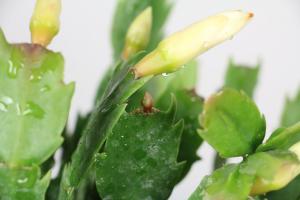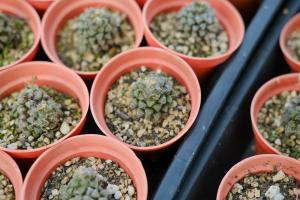Introduction
Plastic plant pots have become increasingly popular due to their durability and ease of use. They are widely used in nurseries, gardens, and homes. Have you ever wondered how these plant pots are made? In this article, we will explore the manufacturing process of plastic plant pots.
Raw Materials
The main raw material used in the production of plastic plant pots is polypropylene, also known as PP. Polypropylene is a thermoplastic polymer that is commonly used in the manufacture of packaging materials, containers, and other plastic products. Other materials used in the manufacturing process include stabilizers, color pigments, and lubricants.
Extrusion
The first step in the production of plastic plant pots is extrusion. The polypropylene pellets are melted in an extruder and then forced through a die. The die is designed to shape the molten plastic into a long tube of the desired diameter. As the tube emerges from the die, it is cooled by a stream of air or water in order to solidify the plastic.
Thermoforming
After the plastic tube is cooled and solidified, it is cut into smaller lengths, which are then heated and placed into a mold. The mold is designed to shape the plastic into the desired shape and size of the plant pot. Thermoforming is the process by which the plastic is softened by heat and then molded into shape using pressure, vacuum, or both.
Trimming
Once the plastic plant pots have been thermoformed, they are removed from the molds and excess plastic is trimmed away. This is done using knives or other cutting tools to ensure that the plant pot has a clean, smooth edge. The trimmed plant pots are then ready for finishing.
Finishing
The finishing process includes any additional steps that may be required to enhance the appearance or functionality of the plastic plant pots. This may include adding drainage holes, printing labels, or applying a protective coating. Once the finishing process is complete, the plastic plant pots are packaged and prepared for distribution.
Conclusion
In conclusion, plastic plant pots are made using a combination of extrusion, thermoforming, trimming, and finishing processes. The raw material used in the production of plastic plant pots is polypropylene, which is melted and extruded to form a long tube that is then shaped into the desired shape using thermoforming. The finished product is then trimmed and finished to enhance its functionality and appearance. The manufacturing process for plastic plant pots is relatively simple but requires precision and attention to detail in order to produce a high-quality product.

 how many times do yo...
how many times do yo... how many planted tre...
how many planted tre... how many pine trees ...
how many pine trees ... how many pecan trees...
how many pecan trees... how many plants comp...
how many plants comp... how many plants can ...
how many plants can ... how many plants and ...
how many plants and ... how many pepper plan...
how many pepper plan...






























